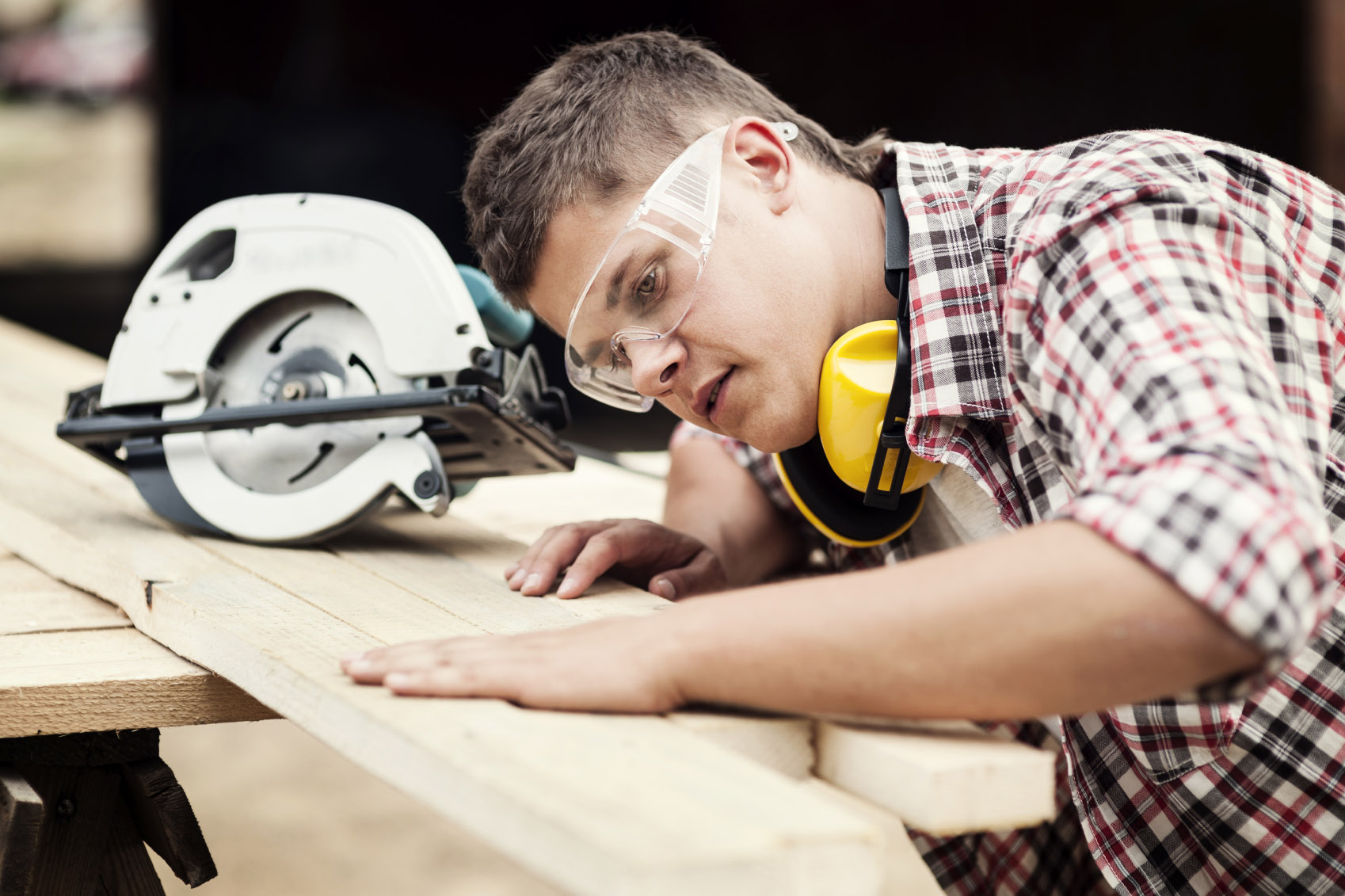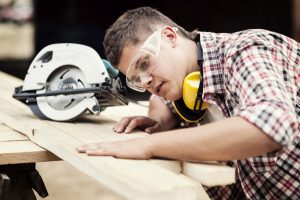
As summer temperatures rise, homeowners will be closing up their homes and turning on the AC. But for some, that could mean subjecting home occupants to poor indoor air  quality. Studies by the EPA show that the indoor air quality in homes can be two to five times worse than outside air, even if you live in the city. One unlikely candidate for causing poor indoor air quality is ducting design.
quality. Studies by the EPA show that the indoor air quality in homes can be two to five times worse than outside air, even if you live in the city. One unlikely candidate for causing poor indoor air quality is ducting design.
Effects of poor indoor air quality
Known as sick building syndrome (SBS), illnesses that result from poor indoor air quality are tricky to diagnose because of the wide range of symptoms that are associated with SBS. Symptoms like headaches, congestion, skin and eye irritation, coughing, difficulty breathing, asthma, oedema, lethargy and chest pains are most severe when sufferers are in the building, but may continue even once they have left the home.
How ducting affects your indoor air quality
If your ducts are leaky, your system could be pulling in air from unsuitable places. Vented crawl spaces, musty basements or attics aren’t the best sources of fresh air for your home, so make sure that the air that’s coming in is from a healthy source. Check ducts for leaks annually and repair damage to ensure that your home is clean and your energy bill is lower.
Leaky ducts can also bring in excess moisture from outside which could lead to mold forming inside ducting and vents. According to the Center for Disease Control and Prevention, mold can pose a very serious threat to the health of home occupants.
You should also check your filters for leaks. Filters are only effective if the air is passing through them, they are correctly installed and regularly cleaned or replaced.
If bad ducting design leads to negative pressure inside your home, air infiltration from the basement, attic, garage, crawlspaces or other undesirable places may reduce the quality of your indoor air. Negative pressure may also cause back-drafting of combustion appliances. Instead of exhausting gases out through flues, combustion appliances may be leaking carbon monoxide and other gases into your home.
